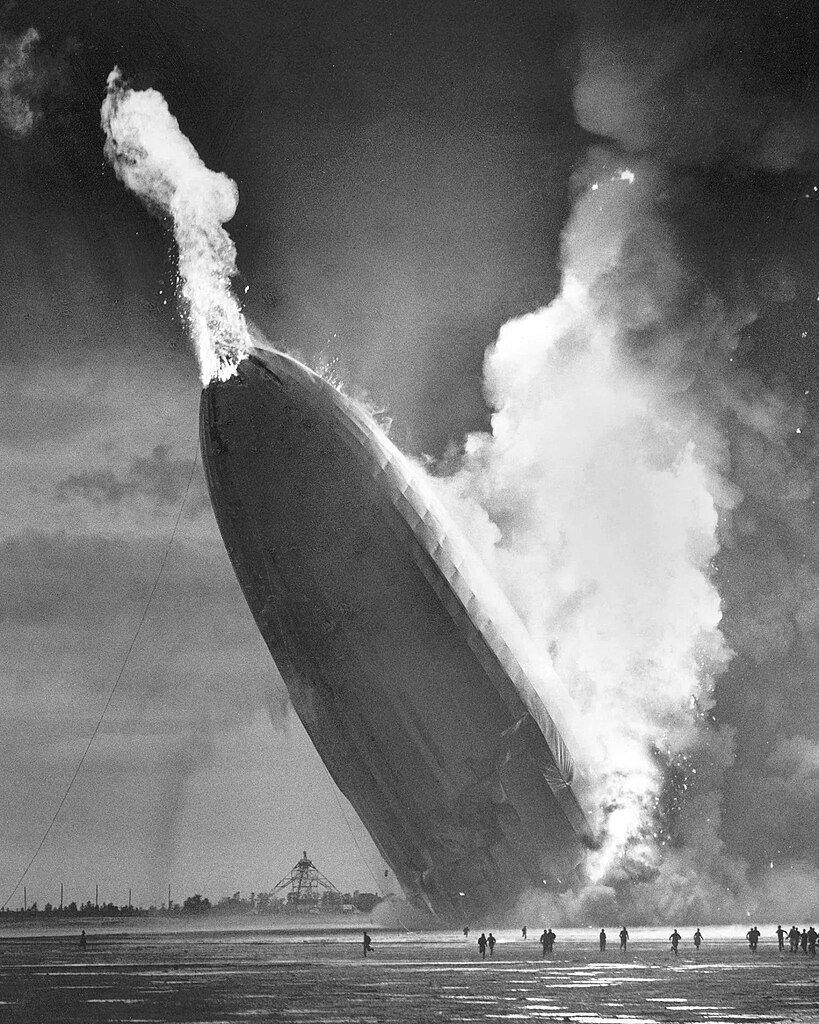27 October 2023
Hydrogen is a colorless, odorless, tasteless, non-toxic, and highly combustible gas at room temperature and pressure. It is also the lightest and most abundant element in the universe, comprising about seventy-five percent of all normal matter. It has atomic number 1 and the symbol H. The name is a borrowing from the French hydrogène, which is a modern construction based on the Greek υδρο (hydro, water) + γένος (genus, kind).
Over the centuries, a number of alchemists and chemists managed to produce hydrogen, but it wasn’t until 1766 that British chemist Henry Cavendish recognized it as a discrete substance. Cavendish, however, only referred to the element as inflammable air. The name hydrogène wasn’t applied to the gas until 1787, when Louis-Bernard Guyton de Morveau, Antoine Lavoisier, Claude-Louis Bertholet, and Antoine- François de Fourcroy published their Methode de Nomenclature Chimique:
Les 55 substances simples de la première colonne, sont divisées en cinq classes suivant la nature comparée de chacune d’elles. La première division comprend quatre corps, qui semblent se rapprocher le plus de l’idée qu’on s’est formée des élémens, & qui jouent le plus grand rôle dans les combinaisons
[…]
l’hydrogène (case 4), ou la base du fluide élastique, appellé gaz inflammable, être qui existe solide dans la glace, puisqu’il est un des principes de l’eau.
(The 55 simple substances in the first column are divided into five classes according to the compared nature of each of them. The first division includes four bodies, which seem to come closest to the idea that we have formed of the elements, and which play the greatest role in the combinations.
[…]
hydrogen (box 4), or the base of the elastic fluid, called inflammable gas, which exists solid in ice, since it is one of the principles of water.)
Hydrogène was quickly adopted into English, becoming hydrogen.
Sources:
Cavendish, Henry. “Three Papers, Containing Experiments on Factitious Air” (12 May 1766). Philosophical Transactions of the Royal Society of London, 56.56, December 1766, 141–84 at 144. DOI: 10.1098/rstl.1766.0019.
Guyton de Morveau, Louis-Bernard, Antoine Lavoisier, Claude-Louis Bertholet, and Antoine- François de Fourcroy. Methode de Nomenclature Chimique. Paris: Cuchet, 1787, 78–79. Bibliothèque Nationale de France: Gallica.
Miśkowiec, Pawel. “Name Game: The Naming History of the Chemical Elements—Part 1—From Antiquity till the End of 18th Century.” Foundations of Chemistry, 1 November 2022. DOI: 10.1007/s10698-022-09448-5.
Oxford English Dictionary, second edition, 1989, s.v. hydrogen, n.
Photo credit: Murray Becker/Associated Press, 1937. Wikipedia Commons. Public domain image.

